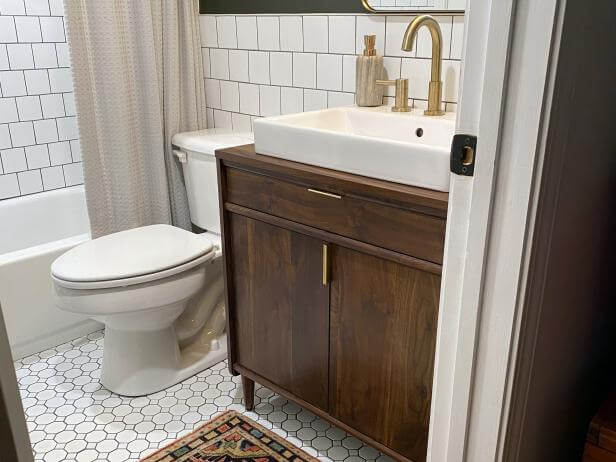A lot of people explore accent wall ideas when considering bathroom renovations, thinking they have full control over how they can remove and install any bathroom vanity. However, tenants rarely have the freedom to make significant changes to rental properties.
The good thing in these situations is that you can always act. DIY utilising inexpensive hardware and equipment. In particular, for the reasons mentioned above and due to the high expense of installing pre-made bathroom vanity designs, DIY bathroom vanities are quite popular nowadays, much as DIY furniture of all kinds.
Furthermore, there are various of websites including but not limited to Vanity Luxury | Vanderloc Charlotte, from where you can get most aesthetic bathroom vanities for your bathroom. Nevertheless, here are some of the things you will need to know before making a DIY bathroom vanity.
MDF
The medium density fiberboard (MDF) is a material that has been sufficiently treated to offer it strength and longevity. Wood is divided into tiny fibres and then treated into sturdy, thick sheets to create MDF. This bathroom vanity unit choice strikes an excellent mix between cost, material strength, and longevity. Unlike real wood, it won’t split or distort.
Rubberwood
The rubberwood, which is frequently referred to as the environmentally friendly option, is indeed derived from rubber trees, but only when the tree reaches an age at which it has fulfilled its function and is no longer able to generate rubber. This naturally makes it a more environmentally friendly option than some others.
Plywood
Wood Paneling Options for interior design, such as plywood, offer both aesthetic and functional benefits. Natural woods that have been thinly sliced and bonded together form plywood, making it a popular choice not just for roofing but also for creating striking wall designs due to its strength and longevity.
Strong Wood
Due of its durability and aesthetic appeal, solid wood like oak would work well if your budget permits. It might not be the best option in terms of moisture and temperature tolerance, though, since it could expand or shrink if not maintained in check. Maple and poplar woods are two other options that are comparable.
Strength
Second, the material must be strong enough to support not just the (often hefty) countertop but also the items that will be placed on top and inside the vanity.
Resistance to Moisture
If not completely waterproof, the bathroom vanity’s material must be at least moisture resistant. This is because over time, bathroom moisture may cause furniture to fracture, change form, and become discoloured.
You Are Knowledgeable Enough to Move Forward
There are many different design and style alternatives for bathroom vanities and covering bathroom tiles, but with DIY vanities, we are in control of practically everything, with the material being the most crucial.
When it comes to enhancing a giant master bedroom, the principles are similar. With DIY projects, we are in control of practically everything, from the spacious layout to the choice of materials, ensuring every aspect of our giant master bedroom meets our vision.
It’s vital to remember that the bathroom is one of, if not the moistest place in our homes. As a result, while choosing the kind of bathroom vanity you want to design, this element must be taken into consideration.

